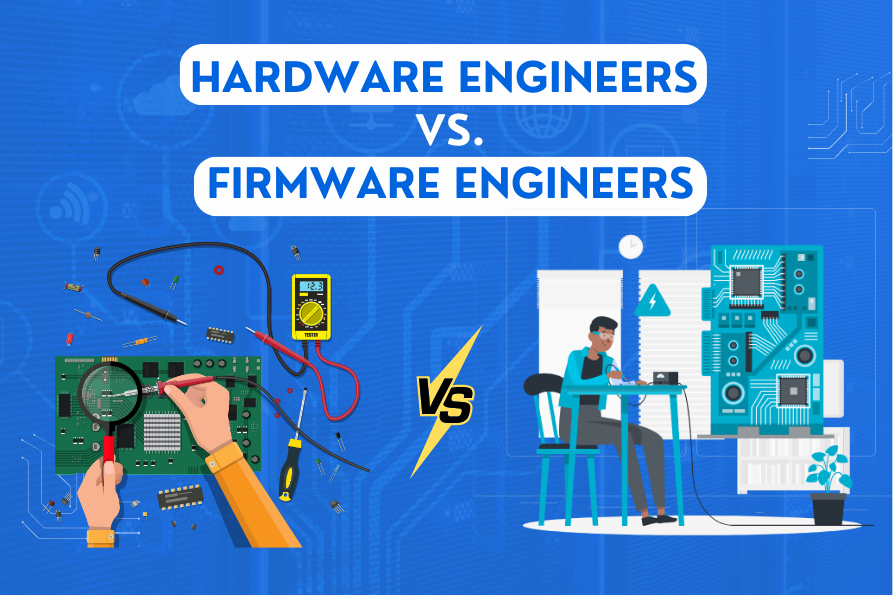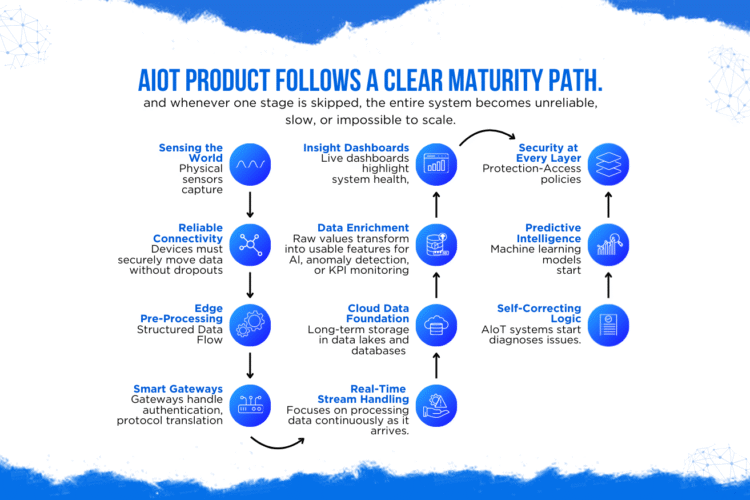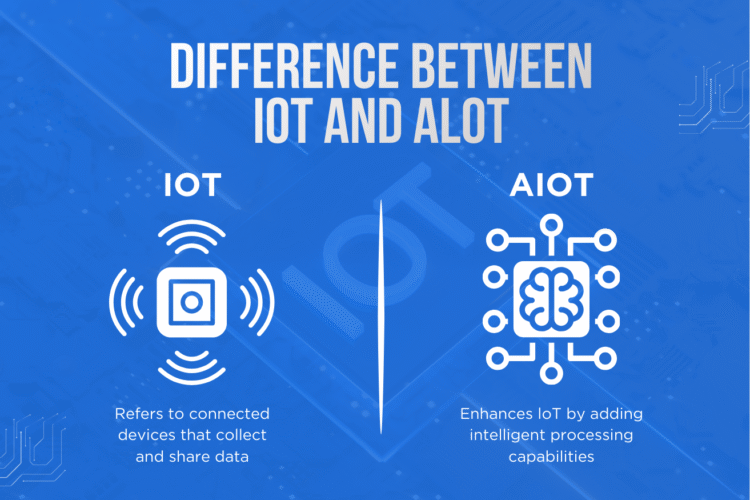
In the fast-paced world of embedded systems and IoT product development, the roles of hardware (HW) and firmware (FW) engineers are often misunderstood or conflated. Many companies rely on a single individual to handle both, which can create bottlenecks, miscommunication, and delayed product timelines. At MetaDesk Global, we take a different approach—dedicated HW and FW teams working in parallel to deliver high-quality, reliable products efficiently.
What is the Difference Between Hardware and Firmware Engineering?
Hardware Engineers
Hardware engineers are responsible for the physical and electrical aspects of a product. Their key tasks include:
- Designing schematics and PCB layouts
- Selecting components like microcontrollers, sensors, and communication modules
- Performing signal integrity and power analysis
- Conducting hardware testing and validation
In short, HW engineers bring the physical device to life and ensure that it functions electrically and mechanically as intended.
Firmware Engineers
Firmware engineers work at the intersection of hardware and software. Their responsibilities include:
- Writing low-level code for microcontrollers and SoCs
- Implementing device drivers, communication protocols, and sensor interfaces
- Ensuring real-time performance, low power consumption, and stability
- Integrating hardware modules with higher-level software systems
Firmware engineers translate hardware capabilities into usable functionality and ensure devices operate reliably in real-world scenarios.
Common Misconceptions in Embedded Development
Many companies make the mistake of combining HW and FW responsibilities into a single role. While this may seem efficient on paper, it often leads to:
- Slower development cycles due to multitasking overload
- Increased likelihood of design errors or misinterpretation of schematics
- Poor debugging and delayed time-to-market
- Burnout for engineers handling dual responsibilities
Why Dedicated Teams Make a Difference
At MetaDesk Global, we maintain separate teams for hardware and firmware engineering, allowing each group to focus on their area of expertise. Benefits include:
Improved Product Reliability
With dedicated teams, hardware designs are reviewed and validated independently, and firmware is developed to leverage hardware capabilities optimally.
Faster Development Cycles
Parallel workflows mean that hardware prototypes and firmware testing can progress simultaneously, reducing project timelines.
Better Collaboration
By defining clear responsibilities, our teams minimize misunderstandings and improve cross-functional communication. HW engineers focus on the circuit, while FW engineers optimize code for performance, power, and reliability.
Real-World Examples Where Dual Teams Excel
- IoT Devices: Sensor calibration, BLE communication, and low-power operation require both precise hardware design and optimized firmware.
- Industrial Embedded Systems: Motor controllers, CAN bus interfaces, and PLCs rely on firmware that interprets signals correctly from robust hardware.
- Consumer Electronics: Smart toys, wearable devices, and audio gadgets demand fast prototyping and iterative testing, best achieved with specialized teams.
MetaDesk Global Approach to Embedded Systems
- Hardware Team: Designs circuits, selects components, tests PCBs, and ensures electrical compliance.
- Firmware Team: Implements drivers, optimizes performance, develops sensor logic, and integrates with mobile/cloud applications.
- Collaborative Workflow: Continuous feedback loops ensure hardware supports firmware functionality and vice versa.
This methodology ensures higher quality products, faster time-to-market, and better scalability for IoT and embedded solutions.
Conclusion: HW and FW Are Best When Separated
Embedded development is complex. Combining hardware and firmware responsibilities into a single role may save costs upfront, but it compromises quality, speed, and innovation.
At MetaDesk Global, we believe in the power of dedicated, expert teams. This strategy allows us to consistently deliver cutting-edge embedded systems, IoT devices, and smart electronics for our clients.
Key Takeaways
- Hardware engineers focus on physical design and electronics.
- Firmware engineers focus on code, real-time systems, and device control.
- Dedicated teams improve efficiency, reliability, and collaboration.
- Combining roles can cause bottlenecks and project delays.




